Brownstone Bible Redux: Charles Lockwood's Seminal New York Row House Book Gets an Update
Seven years after its author’s death, the 1972 book “Bricks and Brownstone: The New York Row House” returns in a new and expanded edition.

A rear parlor in an 1895 brownstone on Decatur Street in Bed Stuy. Photo by Dylan Chandler
In the summer of 1969, Charles Lockwood walked into the now-shuttered Donnell Library Center, located on 53rd Street in Manhattan directly across from the Museum of Modern Art. Between his junior and senior years as an undergraduate at Princeton’s Art and Archeology department, he was spending time in the city and came looking for books about brownstones. He was told, quite simply, that none existed. “It’s never been written,” he recounted the librarian telling him. But how could that be? So Lockwood, energized by what he called “youthful enthusiasm and more than a little naivete,” decided to fill this gap in architectural knowledge by making it the focus of his upcoming thesis.
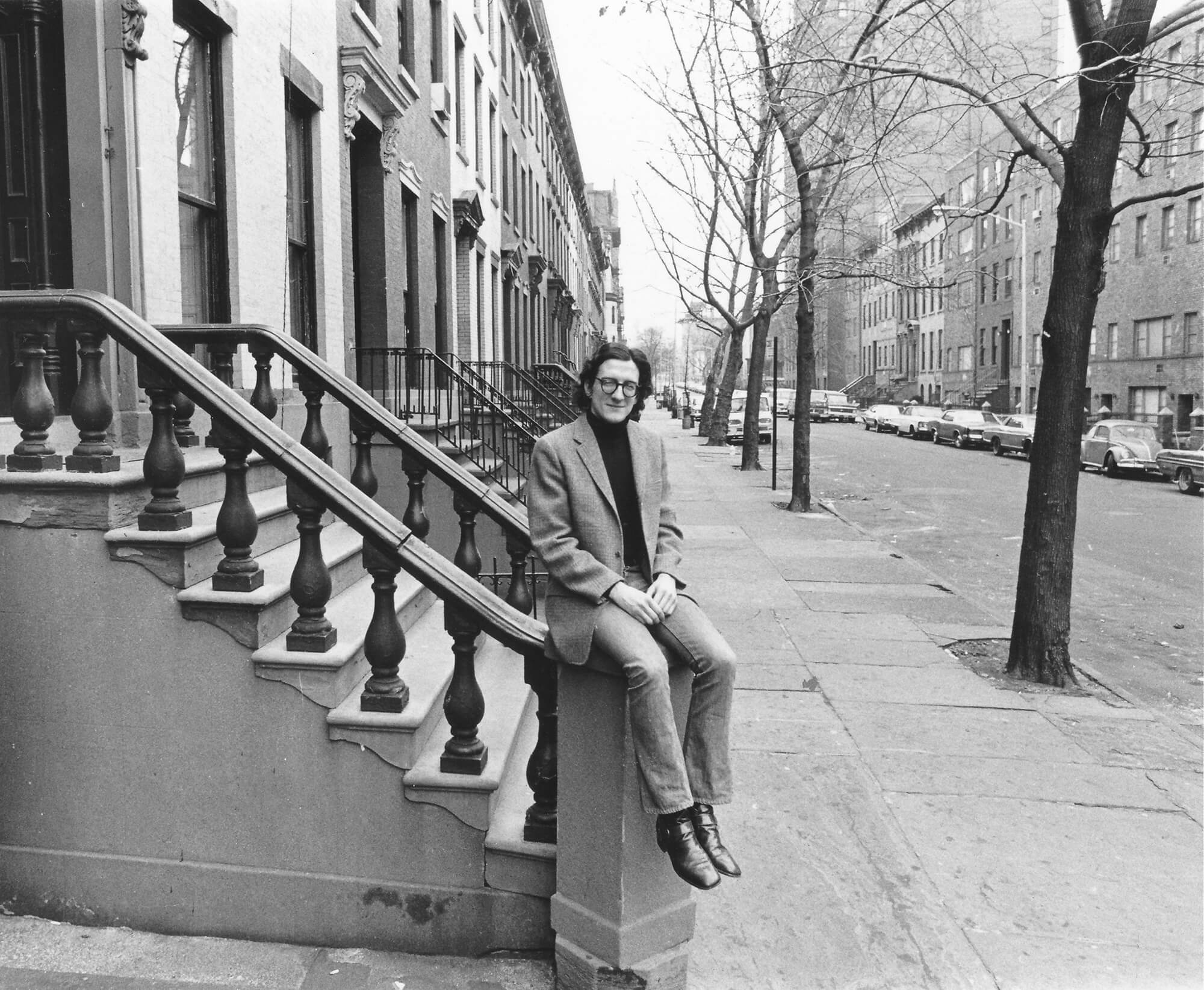
He hit the ground running, walking hundreds of blocks by his own estimation to become more familiar with the architectural styles of remaining 19th century row houses. He met people who invited him into their homes, where he could view period interiors firsthand. The research was hands on and, sometimes, could be dangerous. During one of these excursions in March 1970, he was on West 11th Street in Manhattan when a house exploded on the block, later discovered to be a bomb-making factory for the radical activist group the Weathermen; photographer Robert Mayer, who worked with Lockwood on the original version of the book, took the picture that ended up on the front page of the New York Times the next morning.
Three years later, that thesis, in greatly expanded form, was published by McGraw-Hill as “Bricks & Brownstone: A Guide to Architectural Styles and Interior Decoration for Period Restoration.” Lockwood was only 24 years old, something that surprised even the original publisher. Rizzoli, which published an edition with color photographs in 2003, this fall released a highly anticipated major update of the book, seven years after Lockwood passed away from cancer at the age of 63.
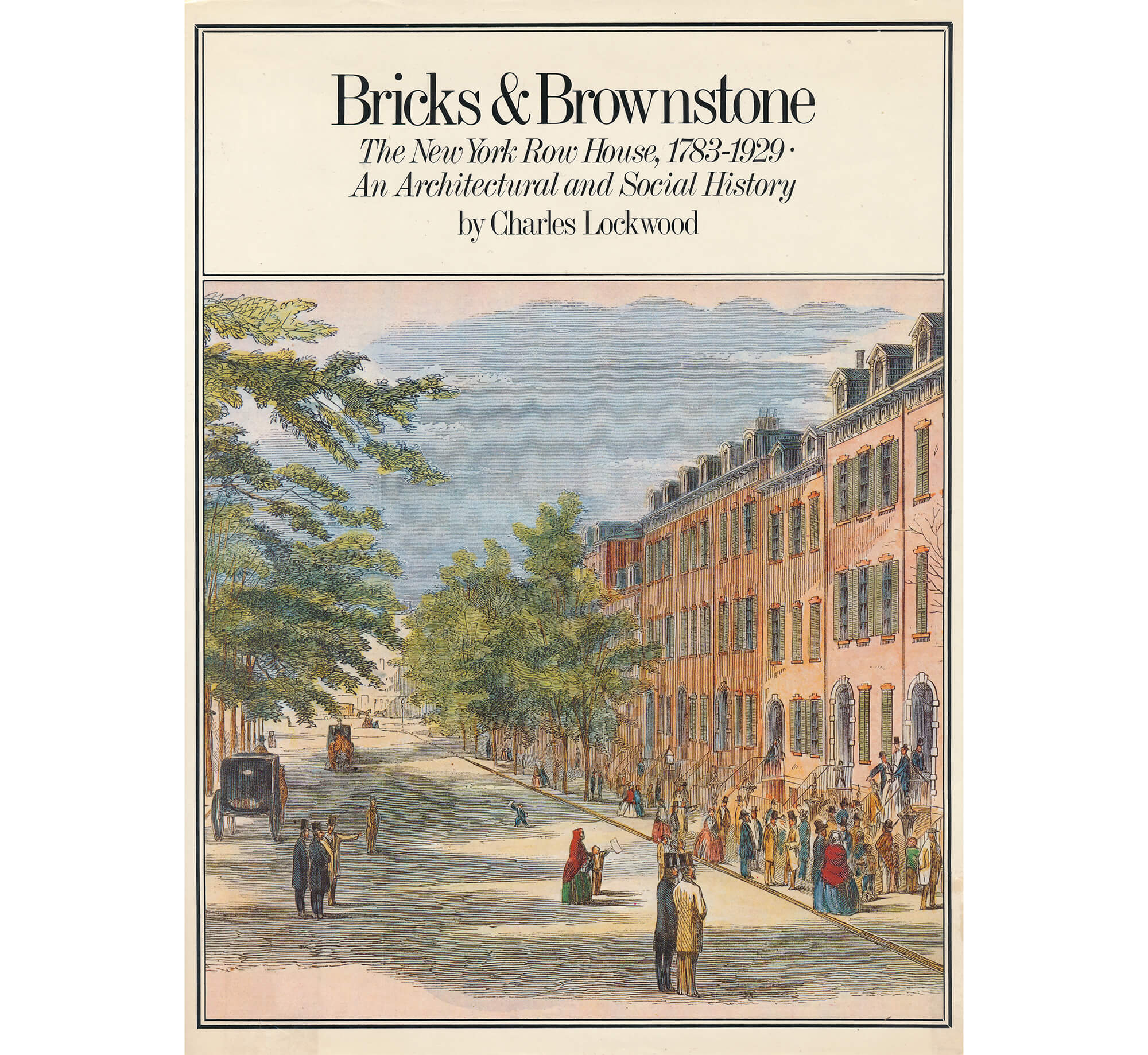
The book’s reemergence has been a cause for celebration. Since its original publication, it has become a vital artifact of the early years of brownstoning and remains one of the most detailed tomes dedicated to the row houses of New York City. It quickly became “a bible for buffs, architects, and preservationists,” Judith Thurman wrote in the New Yorker, and its fans remain indebted to Lockwood’s massive and ambitious project.
“I think it’s fair to say that this book helped to give the [brownstone] revival a kind of moral impetus,” wrote the architecture critic Paul Goldberger in a previous edition of the book, “making it clear how much genuine architectural and urban history lay within these buildings, and how much the row houses of New York are, in fact, the underlying threads of the city’s urban fabric.”
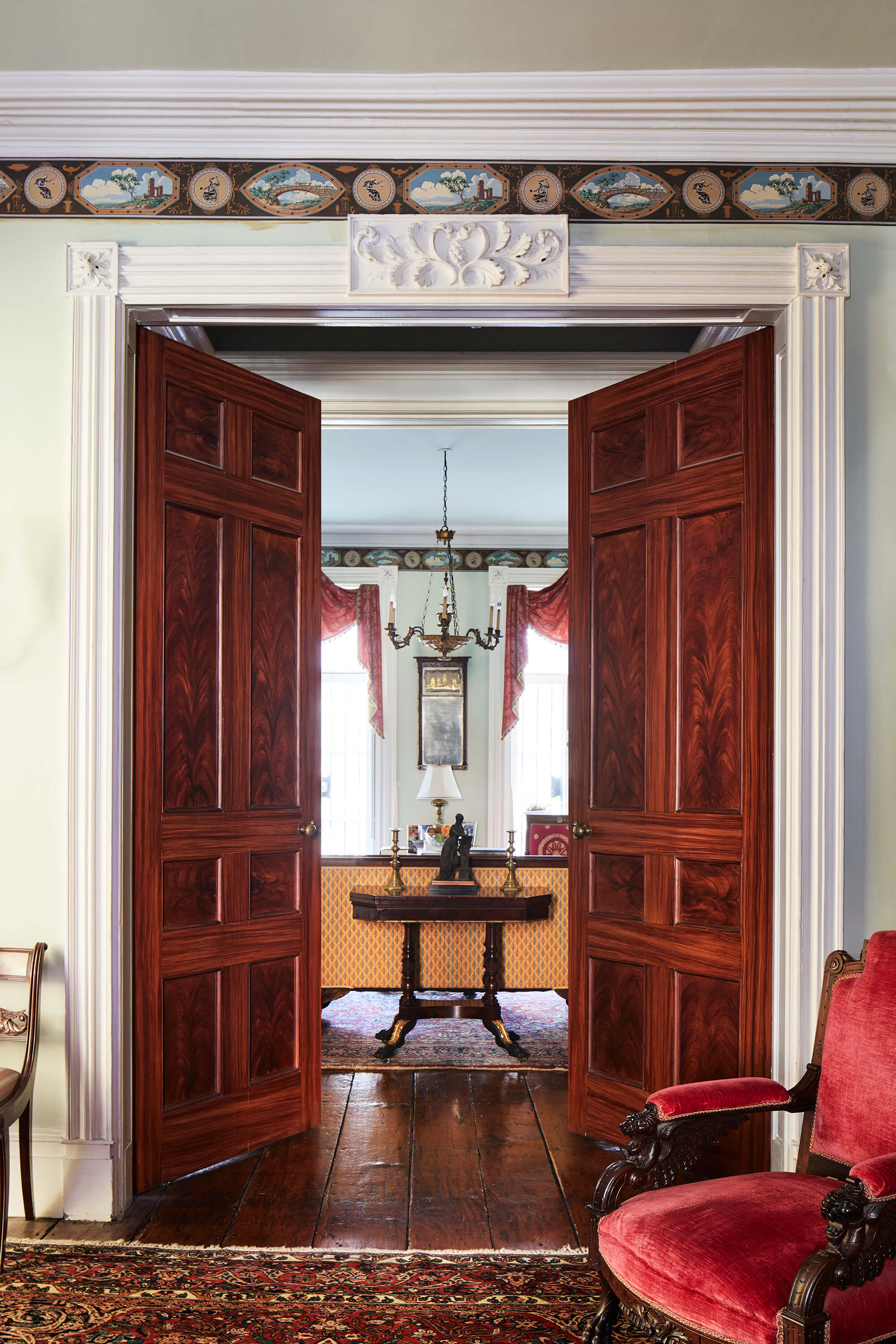
Nothing quite like it has been written since. Because so little was written about these homes, Lockwood was forced to dive into early 19th century newspaper archives, as well as literary sources such as Edith Wharton’s “The House of Mirth,” for information. “Bricks & Brownstone” was a “pioneering work, the first to investigate in detail the New York row house, using period sources to help explain the character of these buildings,” said Andrew Dolkart, a professor of Historic Preservation at the Columbia University Graduate School of Architecture, Planning and Preservation. “I have read the book many times and have been assigning sections to my classes at Columbia for many years.” And its admirers go beyond the classroom—the writer Edmund White called it one of the 10 best books about New York City ever published.
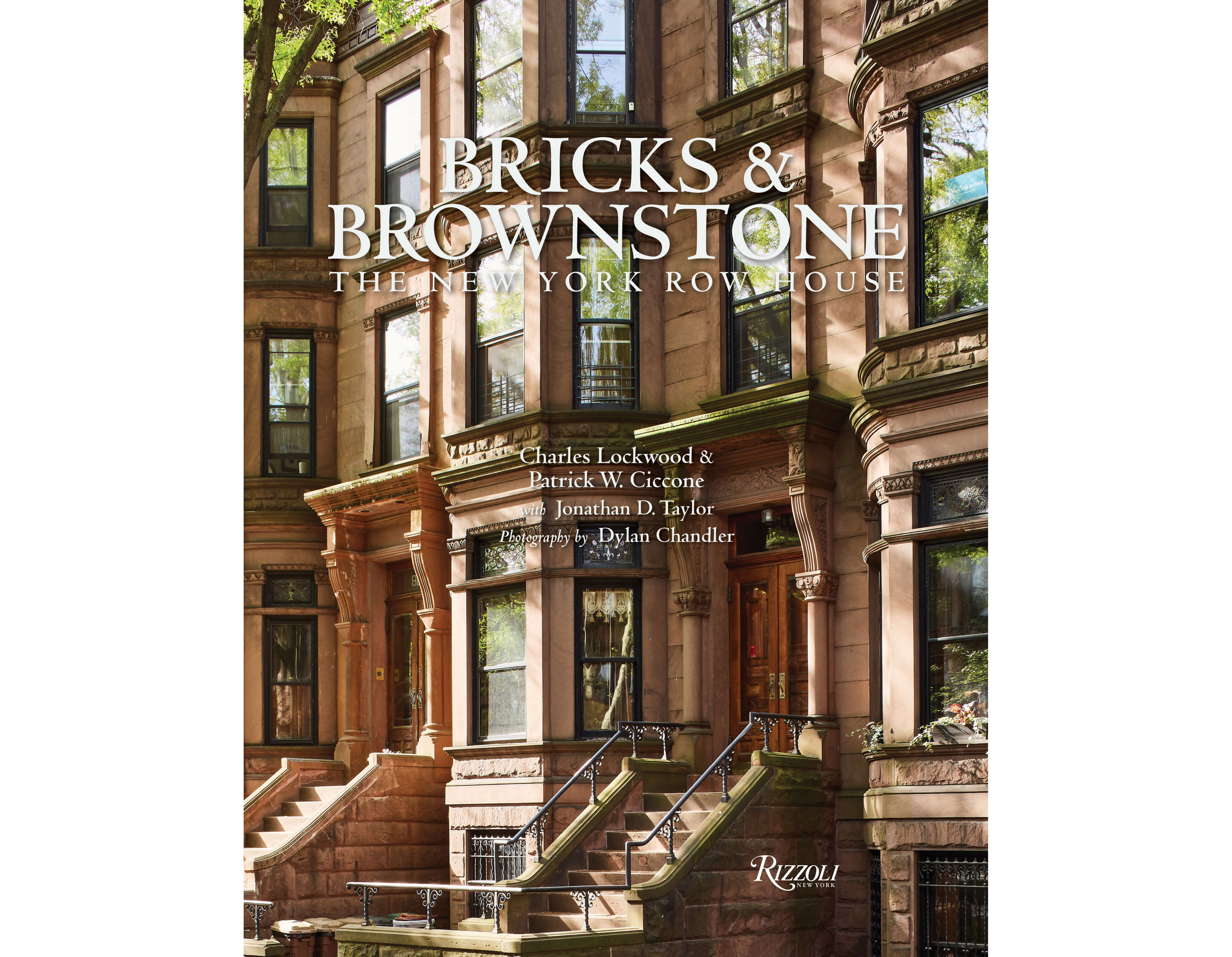
As the years passed and Lockwood wrote other books — including multiple books about California, where he moved in the late 1970s, including “Suddenly San Francisco: The Early Years of an Instant City” and “Dream Palaces: Hollywood at Home” — the thought of returning to “Bricks & Brownstone” remained an itch. When he was originally working on the book “he was plowing through material and then sort of just ran out of money and time,” said Patrick Ciccone, a contributor and friend of Lockwood who finished the new version of the book following his death. “There is so much that remains after 1875, but if you look at the original edition of the book, it is very compressed.”
Lockwood’s original idea was to simply graft a new chapter on the end of the original book to give more detail on the later Victorian period and early 20th century. They began to “aggressively research” the new section of the book—part of a process Ciccone calls “rebalancing the book,” akin to historic preservation—before unforeseen circumstances put the project on hold. But after the recession in 2008 stalled work on the book, and Lockwood passed away four years later, Ciccone took over the project at the urging of the estate. He had met Lockwood while a student in Columbia’s graduate preservation program, and helped him with another project he was working on with his brother, John Lockwood. They were friends, had worked together, and Ciccone was well versed in the material, which made him an obvious choice to complete the long-gestating new version.
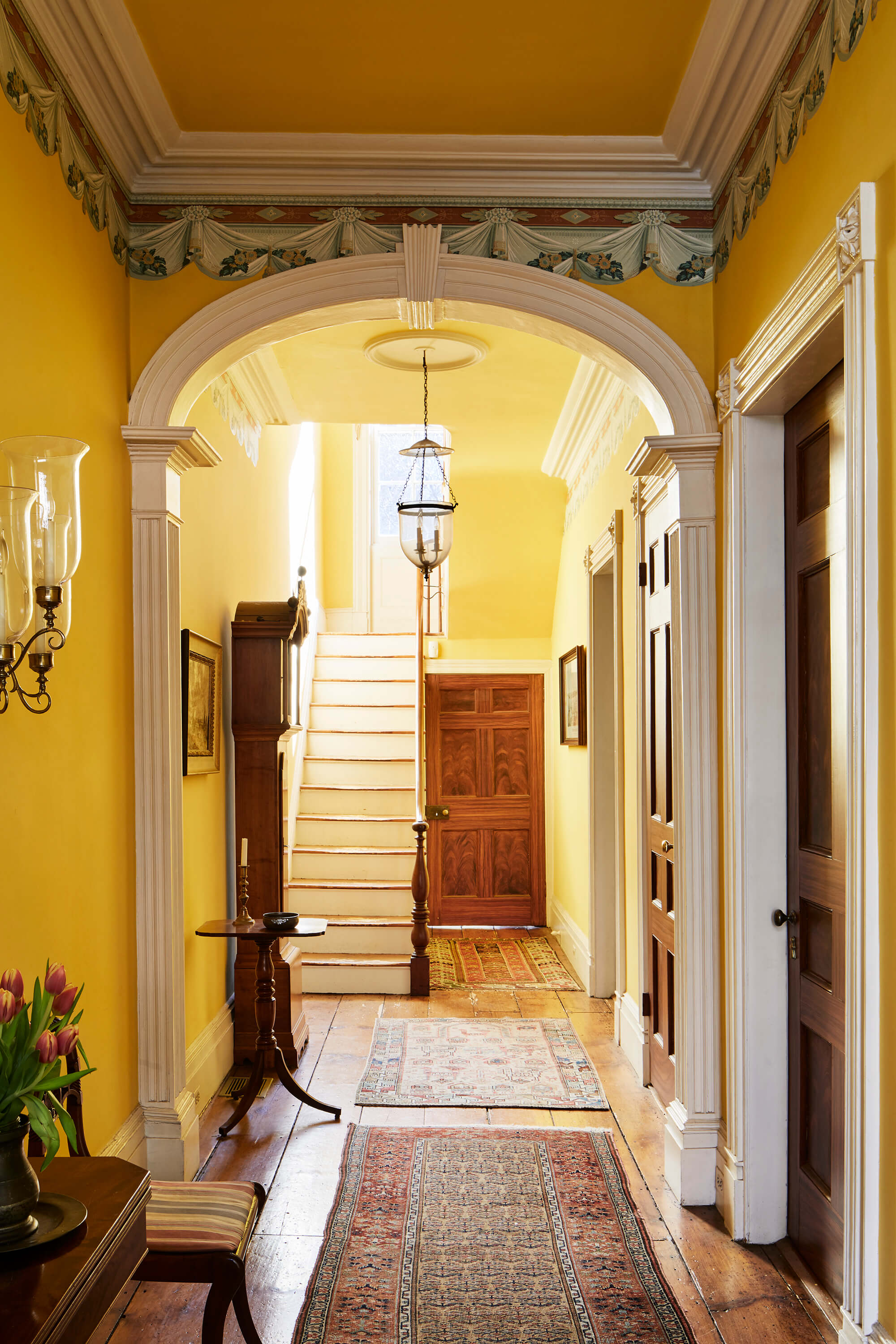
But the task in many ways was terrifying. “The book is referred to as a bible,” Ciccone said, laughing. “Updating the bible is not something most people want to take on. It was really scary. How are you going to live up to it?”
One of the biggest changes was in correcting the sourcing. “For reasons that are not quite clear, the original version of the book did not have footnotes,” Ciccone said. With the book’s text being digitized, they were able to track down around 80 percent of the original material and add citations to the book. In other instances, they were forced to leave the original, vague references as they were originally written.
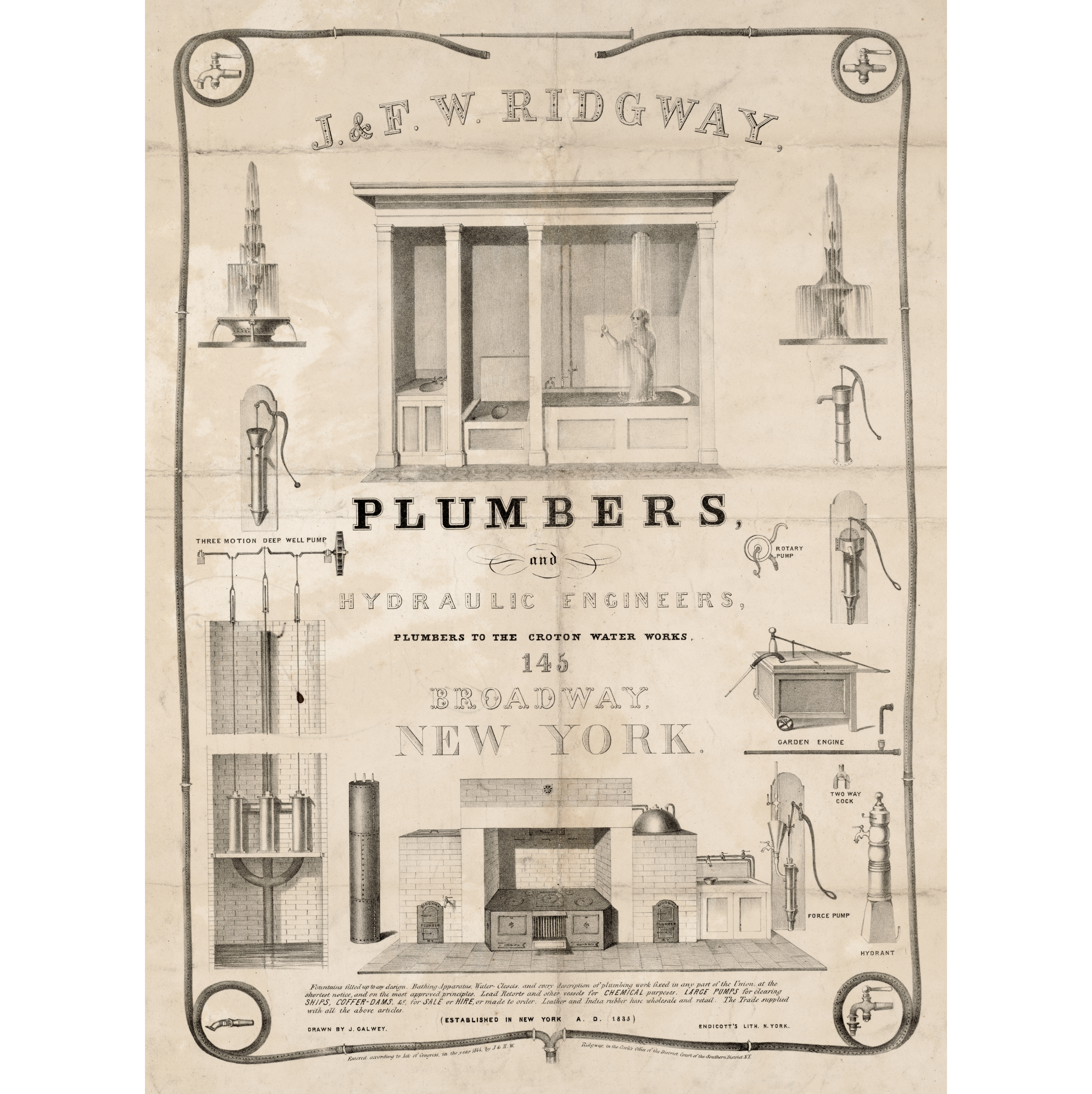
Preservationist Jonathan Taylor and photographer Dylan Chandler also contributed to the expansive reissue. It has new color photographs throughout, historical photographs not in previous editions, more about Brooklyn, and reconfigured and new chapters that delve into the late Victorian and early 20th century periods.
“Bricks & Brownstone,” Ciccone said, was so wrapped up in Lockwood’s life and personality that, in some ways, the work he did on the book could only happen with Lockwood not around. All of the changes were made with the intent of keeping Lockwood’s original work alive for readers—as a narrative guide, a reference book or even an object to keep on your coffee table—for decades to come. “I hope he would have been happy with it,” he said.
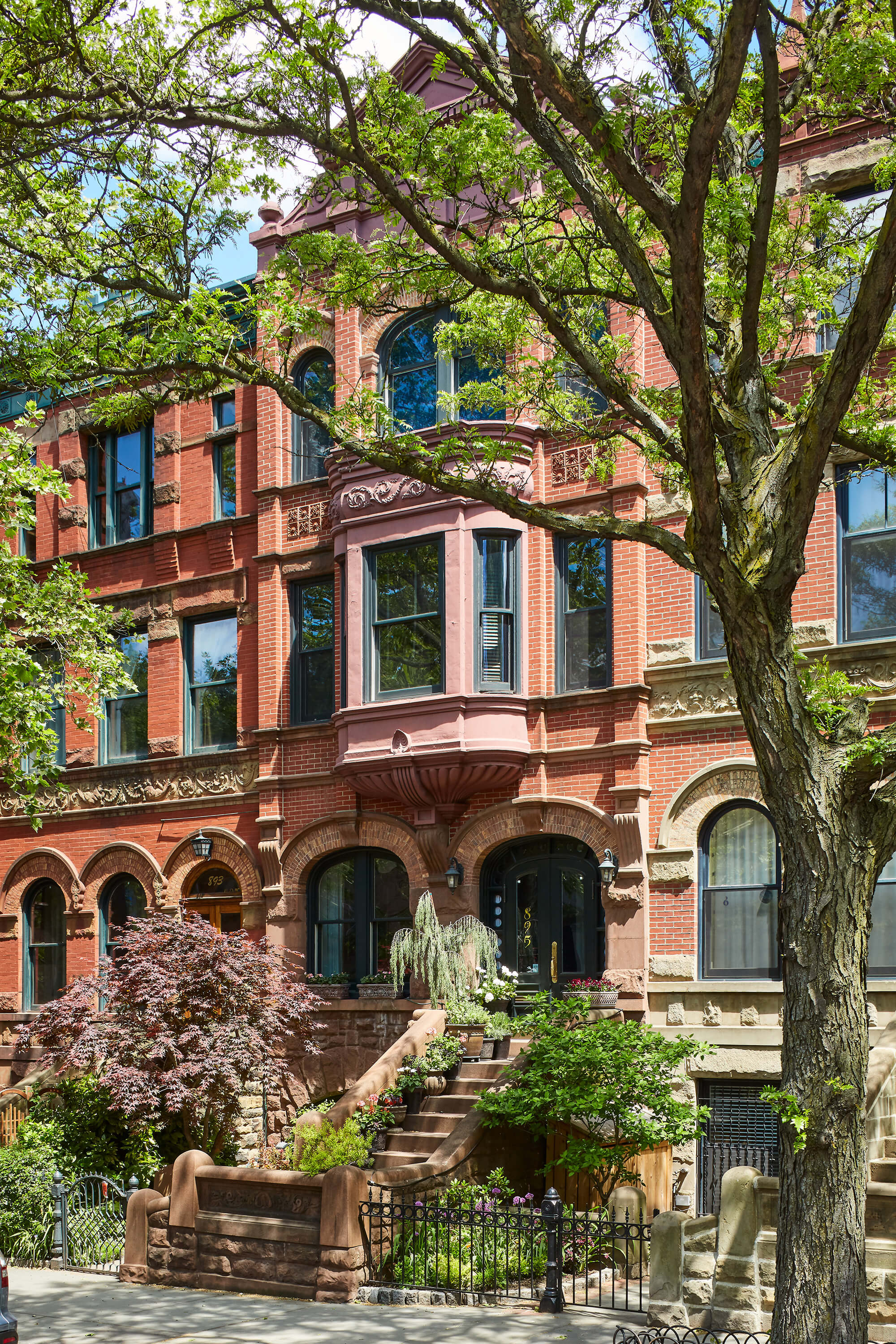
Editor’s note: A version of this story appeared in the Fall/Holiday 2019 issue of Brownstoner magazine.
Related Stories
- Highly Anticipated New Edition of Brownstone Bible Will Debut in October
- Charles Lockwood Q&A
- Panel Looks at Life of Author Charles Lockwood
Email tips@brownstoner.com with further comments, questions or tips. Follow Brownstoner on Twitter and Instagram, and like us on Facebook.





What's Your Take? Leave a Comment